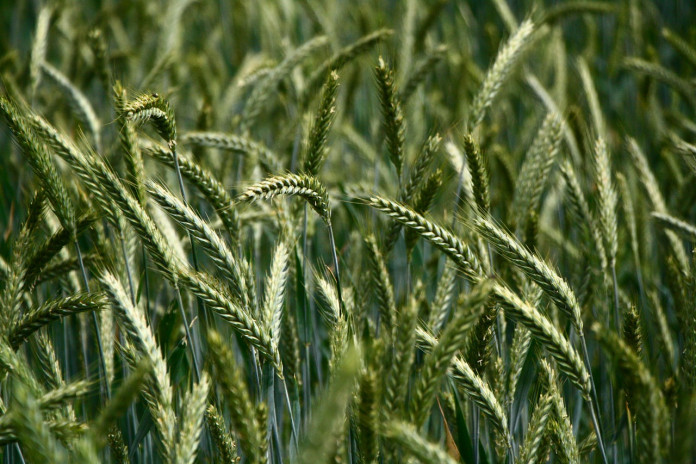This winter is a great time to make plans for your farming operation. If you grow crops or if you have livestock or both, nutrient management planning should be a priority because crops and livestock require nutrients.
Livestock also generate nutrients that can be used by your crops if we can apply them in a way that they are available to the plant.
Think of the 4R’s. Right source. Right rate. Right time. Right place.
Efficient operation
As a producer, managing these nutrients is a key to an efficient operation. At the risk of stating the obvious effective planning requires an effective plan.
A nutrient management plan should address some basic questions:
- What nutrients do I have?
- What nutrients does my operation generate?
- What nutrients does my operation need?
- What should I do to supply the nutrient needs of my operation?
- What did I actually do to meet the nutrient requirements of my operation?
- What were the results?
Soil testing
Soil tests will tell you what nutrients you have. If you don’t have soil tests or they are three or more years old, the first step is to take new tests.
Fall is a great time, or a break in the winter weather is also an opportunity.
If you have livestock, they are generating nutrients. There are a couple of ways to get a handle on what available nutrients are being generated by your livestock operation.
The OSU Manure/Crop Nutrient Balance Calculator can give us book values based on type and number of livestock. The OSU calculator estimates that a 100 dairy cow herd generates 623,000 gallons of manure a year.
Nutrients available
This manure contains approximately 6,500 pounds of plant-available nitrogen, 14,000 pounds of phosphorus and 17,000 pounds of potash. At last fall’s fertilizer prices, the value of these nutrients is $11,425.
If we can get those nutrients where the crops can use them, the cows can become a fertilizer factory. Manure tests and manure storage records will more accurately reflect the management of your operation but either one can be used.
The total of plant available nutrients in your soil and what the livestock are generating will give us the answer to the first two questions. Your soil test results and the Tri-State Fertility Guide will give us answers to the next question.
When we know what nutrients the crops need, we can develop a plan on how to supply those needs using manure and fertilizer. By keeping written application and yield records we will have the answers to the last two questions.
This process results in a useful, effective nutrient management plan. Contact your local Soil and Water Conservation office if you would like assistance in answering these questions and developing an effective nutrient management plan for 2017.













